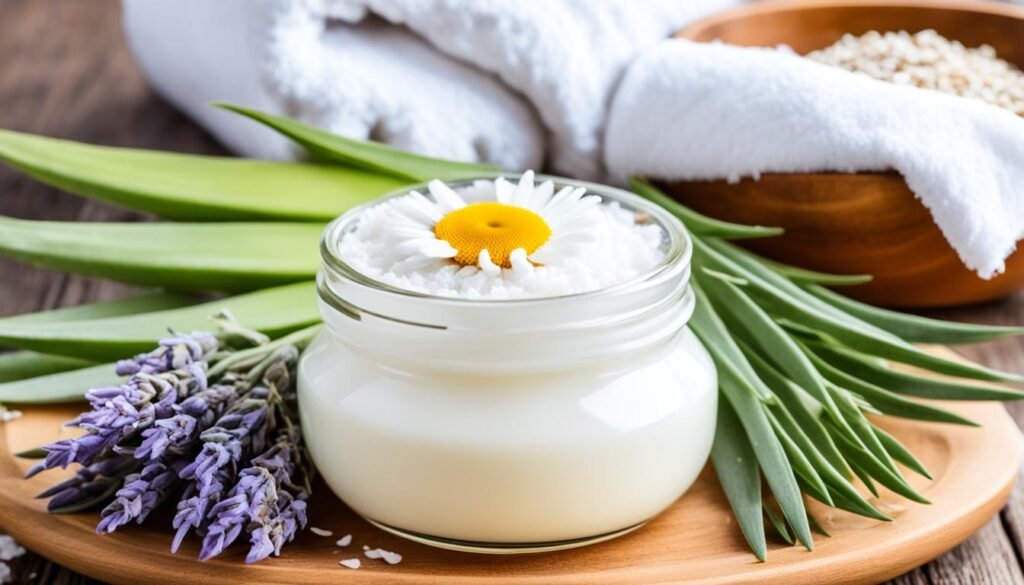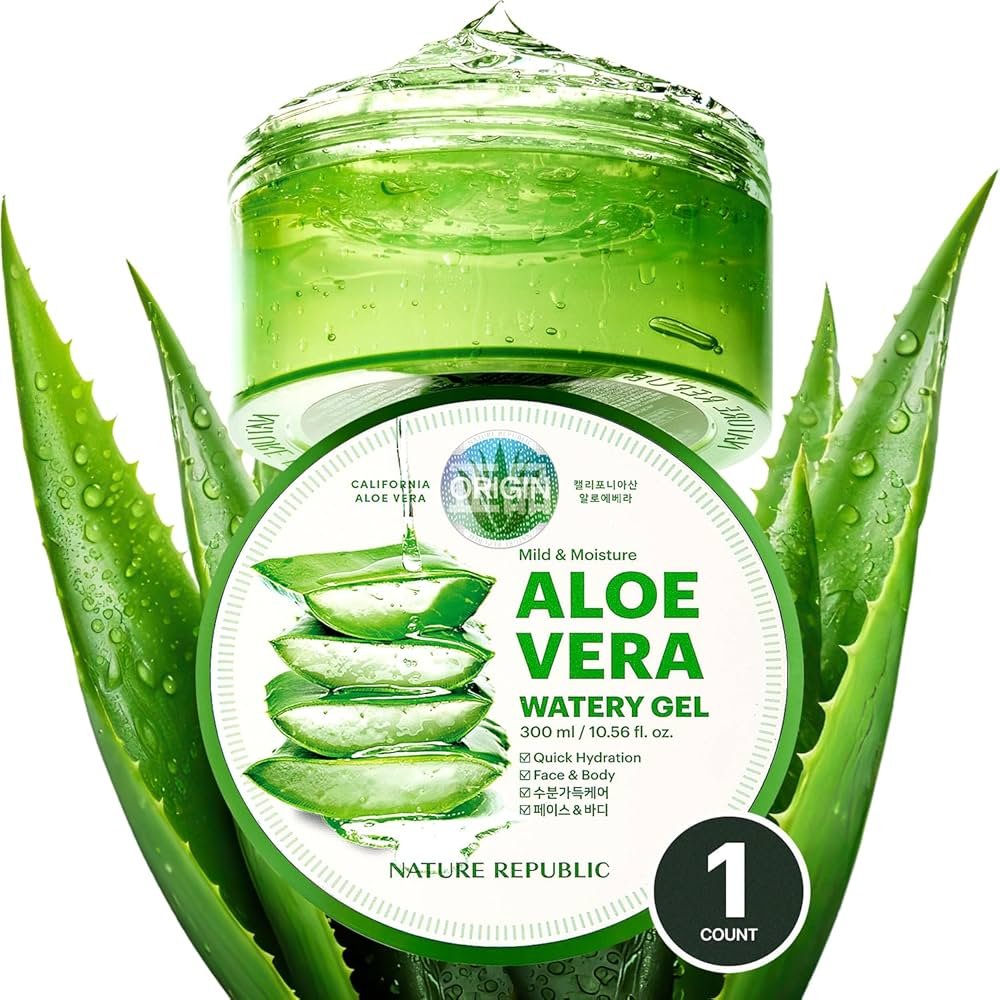- Chafing is caused by repeated skin friction, moisture, and heat
- Common areas include thighs, groin, underarms, chest, and nipples
- Anti-chafing balms and barrier creams offer the fastest relief
- Moisture control is key to preventing repeat irritation
- Both adults and babies are commonly affected
Best Thing for Chafing: Relief, Treatment, and Prevention That Works
Chafing can be painful, causing redness, irritation, and burning discomfort. Whether it’s triggered by running, excess weight, tight clothing, or hot weather, finding the best thing for chafing can make a big difference. This guide explains what causes chafing, how to treat it quickly, and how to help prevent it from coming back.
If chafing occurs often during workouts or daily movement, pairing proper skin care with breathable clothing — similar to what’s recommended in our guide to the best running shorts for men — can reduce friction and irritation in the long term.
| Solution | Best Use Case | Why It Works | Speed of Relief |
|---|---|---|---|
| Anti-Chafing Balm | Running, walking, daily wear | Creates a friction-blocking barrier | Immediate |
| Petroleum Jelly | Severe rubbing areas | Locks in moisture and reduces friction | Immediate |
| Aloe Vera | Red, irritated skin | Cools skin and reduces inflammation | Fast |
| Cornstarch | Sweaty areas | Absorbs moisture to prevent rubbing | Moderate |
| Protective Shorts | All-day prevention | Eliminates skin-to-skin contact | Preventive |

Anti-Chafing Balms and Creams (Best Overall)
Anti-chafing balms are often the most effective solution. They sit on the skin and instantly reduce friction. These products work especially well for runners, athletes, and people dealing with thigh or underarm chafing.
They are easy to apply, long-lasting, and less messy than oils. Many people who also manage sweat-related issues use moisture-control routines similar to those found in guides for the best deodorant for sweat control, since moisture is a major trigger for chafing.
Petroleum Jelly (Best for Severe Friction)
Petroleum jelly creates a thick protective layer that prevents skin from rubbing. It works well for intense chafing but can feel heavy. This option is better for short-term relief rather than daily use.

Aloe Vera and Natural Oils (Best for Healing)
Aloe vera, coconut oil, and shea butter calm irritated skin and support healing. These work best once friction has stopped. They should not be applied before activities that cause sweating.

Cornstarch and Moisture Control (Best for Sweat)
Cornstarch helps absorb excess moisture. It works best in low-movement situations. Avoid using it on broken skin or heavily inflamed areas.
Clothing and Gear Adjustments (Best Prevention)
Prevention matters as much as treatment. Breathable fabrics, looser fits, and protective layers make a big difference. Parents dealing with baby chafing often apply similar logic used when choosing the best baby gates for stairs, focusing on protection before problems start.

FAQ
Anti-chafing balms are the most effective option because they reduce friction instantly and last through movement.
Mild chafing can heal if friction stops, but treatment speeds recovery and reduces pain.
Yes, but it works best for short periods and can feel heavy during movement.
Yes. Moisture increases friction and irritation, making chafing more likely.
Use friction-reducing products, control moisture, wear breathable clothing, and address fit issues.
DISCLAIMER:
This blog post is for informational purposes only. We make every effort to provide accurate, current, and well-sourced information, but we cannot guarantee its completeness or absolute accuracy.
All images, videos, and logos used on bestfordaily.com are the property of their respective owners. We aim to credit and reference them appropriately. If you are the rightful owner and wish to have your image, video, or logo removed, please get in touch with us.
Author
-

Hey there! I'm Andrew Reed, and I live for the thrill of writing reviews. Dive into my world at bestfordaily.com, where I unpack stories behind products and experiences. I'm all about sharing my unique take on things, infusing each review with my youthful enthusiasm and a dash of social flair. Join me on this exciting journey—I promise you won't just read reviews; you'll experience them!
View all posts






